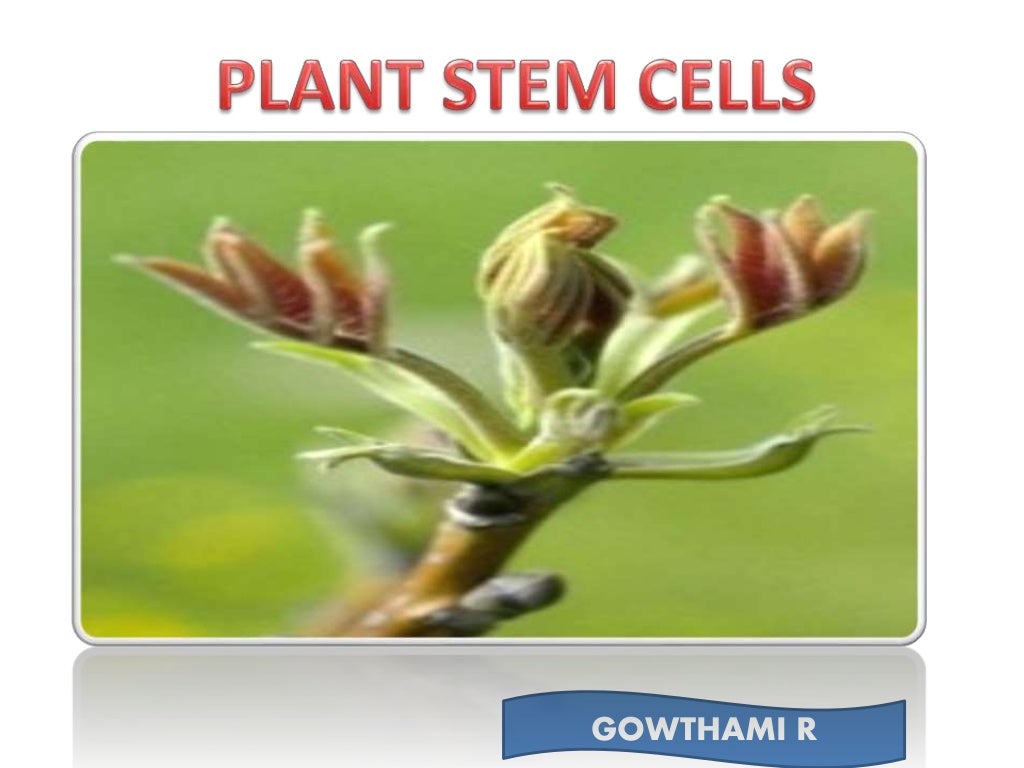


Like grape seed extract, they protect the skin against UVA and UVB damage. They also have strong anti-inflammatory properties and protect against DNA oxidative damage. Apple stem cell extract helps with wound healing. Products containing these can potentiate the photo-protective qualities of sunscreens, meaning that they can protect against possible damage caused by the sun. For example, when extracted from grape seeds they have shown high anti-tumour-promoting activity. Depending on the plant, their function can differ. These extracts contain high concentrations of antioxidants which are very beneficial in anti-ageing. Plant stem cells are broken open in the lab and the extracts are removed. When using plant stem cells in skin care, they have a similar function as human ones, although not exactly the same. What do Plant Stem Cells in Skin Care do? They can also help produce a healthier-looking complexion. In fact, they help offer the many positive and visible effects of antioxidants, such as reducing the appearance of wrinkles, pigmentation spots and redness. Plant stem cells in skin care products are not technically alive, but that doesn’t mean they’re not helpful. Plant stem cells are not the actual living cells, but rather what is found inside them – the extracts. These stem cells are the more popular type found in skin care. This is simply because the effects of stem cells are limited to its own species. The key difference between human derived stem cells and plant versions is that plants cannot repair human tissue. The function here is simply to stimulate cell production, signal growth factors and repair and rejuvenate skin cells. What do Human Stem Cells in Skin Care do? Stem cells can signal for more growth factors and peptides too. It is the repairing function that makes them so popular in the use of skin care as they can repair and rejuvenate skin cells and protect our body from external factors, such as sun damage. They are essentially a repair system for the body. As they divide, they can change into other types of cells that are required in the body. Stem cells can divide many times over, creating new cells. They have the ability to replace old cells, or be used as specialist cells that replace damaged or lost cells. The function of human stem cells is truly amazing. We do not stock products that contain ingredients derived from these methods, although there are some available in Australia. There have been many debates about the use of embryonic and umbilical stem cells in skin care and other anti-ageing treatments. If you use a stem cell serum or cream, you are not putting other human cells into your body, just the extracts. Are you with me? It’s confusing, but in layman’s terms So, what you end up with in skin care, is not actual human stem cell in its pure form. It is important to note that while the very first stem cell was derived from a human skin fibroblast, the ones that are used in skin care are grown from that, in a lab. These are cells that are generated from human cells, usually from skin fibroblasts. We stock products that contain both, but before we look at the differences and their functions, we want to start by stating that stem cells derived from humans come from adult fibroblasts and iPS stem cells. There are both stem cells derived from the human body as well as stem cells derived from plants. In skin care, you will find that there have been some amazing advancements in the use of stem cells for anti-ageing outcomes.


 0 kommentar(er)
0 kommentar(er)
